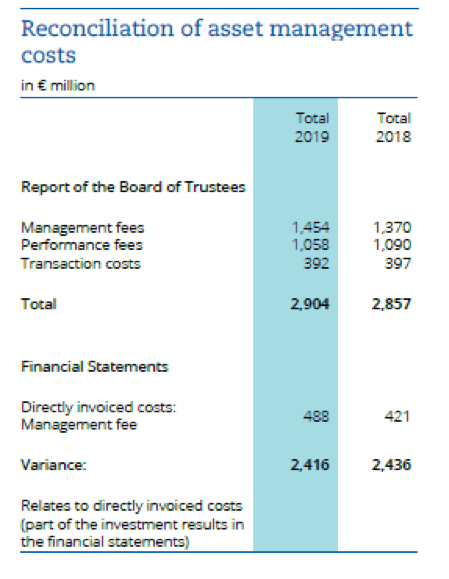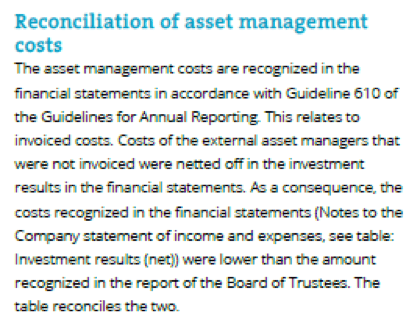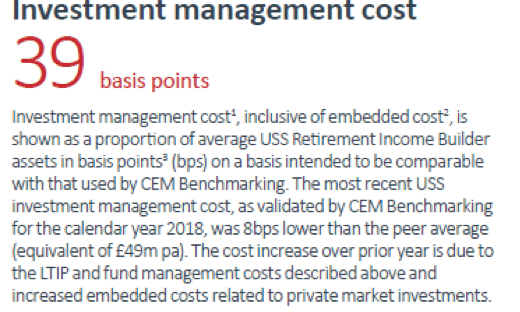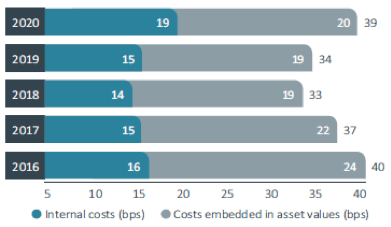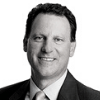Key takeaways:
- We expect the Democrats to embark on an aggressive push towards decarbonizing.
- The coal industry is likely to be a standout casualty.
- Smaller pure-play exploration and production companies are most likely to face headwinds.
In 2017, not long after he entered the White House, Donald Trump declared his grand ambition: to make the US self-sufficient in energy. The aim, he said, was to “become, and stay, totally independent of any need to import energy from the OPEC [1] cartel or any nations hostile to our interests”.
The president enacted a raft of changes linked to these ambitions: loosening drilling restrictions on federal lands and parks, increasing support for pipeline infrastructure, dismissing the risks of climate change, and undoing Obama-era regulations on emissions from coal power plants, automobiles and oil and gas wells.
A U-Turn in Prospect
Now, with the election of Democrat Joe Biden as president, the door is open for a U-turn in these policies as the US pursues a more open, multilateral agenda. This change of direction could be an abrupt one as government policy aligns with a gathering global consensus in favor of environmental concerns.
We Expect an Aggressive Push Towards Decarbonizing
On climate, the Democrats are unlikely to run against the global tide, and instead we expect them to embark on an aggressive push towards decarbonizing. Depending on how pliant the Senate will be, restrictions on new oil drilling on federal land, in the Gulf of Mexico and in the Arctic Alaska could well be re-enacted. Progress on building the controversial Keystone XL pipeline could also be stopped in its tracks. Emissions – whether from automobiles or by energy companies – will once again come under the spotlight. These are seen to be key to decarbonizing transportation as electric-vehicle penetration grows.
For companies which have benefited from US energy policy under Trump, the election of Joe Biden is seen as a negative – but even here, this will have less impact than in any ordinary year, given the glut in oil, gas and coal supply, the collapse in demand, and the consequent declines in energy-company share prices witnessed through 2020.
Coal – A Likely Casualty
One standout casualty, however, is likely to be the coal industry. Despite all the sound and fury around Trump’s pledge to “make coal great again” over the four years to November 2020, in the cold light of day, efforts to put the fossil fuel front and center of US energy policy amounted to little more than a series of soundbites. As of Q3 2020, for instance, shares in the country’s largest coal producers were well below their immediate highs following Donald Trump’s 2016 election, with several producers remaining in bankruptcy. [2] From generating more than half of America’s electricity 10 years ago, coal now accounts for around one fifth – and that level is falling. Even amid a Trump-mandated push for fossil fuels, the fastest-growing electricity source was wind. [3]
Partly, coal’s collapse is the consequence of market forces: an overabundance of supply coupled with its replacement by cleaner, cheaper gas, and the slump in demand owing to Covid-19. But it also points to the relative impotence of any sitting president when it comes to enacting lasting change on domestic policy – particularly if that change runs counter to the prevailing mood music.
The most you can say about Trump and fossil fuels is that his actions had an impact at the margin. They probably helped support general positive sentiment towards investment, while giving CEOs an excuse to ignore important questions on their environmental actions, such as flaring and methane leakage.
The Investment Community Is Becoming More Environmentally Conscious
As in so many spheres of life, it is market forces that win out over policy – and that is also likely to be the case under a Biden presidency. However, the investment community is becoming more environmentally conscious, more alive to transition risks associated with climate change, and more likely to push for sustainable investments away from polluting companies. In that sense, CO2 producers in the energy sector are likely to experience headwinds regardless.
Smaller Pure-Play Exploration and Production Companies Most Likely to Face Headwinds
The same goes for companies in the energy sector, with the smaller pure-play exploration and production companies most likely to face headwinds, especially the smaller-cap companies which are more exposed to risks around activity restrictions and which have greater federal land exposure. Similarly, this hurts US services companies, particularly domestically focused ones, while refiners would face a higher cost of oil, alongside potential charges for their emissions and demand for their products slowing. The bigger upstream companies, including the majors, are more diversified both in the US and internationally, so, again, this could lead to further consolidation, which we believe would be a good thing for the industry.
Sources
1. The Organization of Petroleum-Exporting Countries, an intergovernmental organization of 13 nations accounting for an estimated 44% of global oil production.
2. The Washington Post: ‘Trump pledged to bring back coal. Like everything under him, it collapsed instead’, June 12, 2020
3. Ibid.
Important information and disclosures
Any reference to a specific security, country or sector should not be construed as a recommendation to buy or sell this security, country or sector. Please note that strategy holdings and positioning are subject to change without notice.
Important Information
This is a financial promotion. Issued by Newton Investment Management Limited, The Bank of New York Mellon Centre, 160 Queen Victoria Street, London, EC4V 4LA. Newton Investment Management Limited is authorized and regulated by the Financial Conduct Authority, 12 Endeavour Square, London, E20 1JN and is a subsidiary of The Bank of New York Mellon Corporation. ‘Newton’ and/or ‘Newton Investment Management’ brand refers to Newton Investment Management Limited. Newton is registered in England No. 01371973. VAT registration number GB: 577 7181 95. Newton is registered with the SEC as an investment adviser under the Investment Advisers Act of 1940. Newton’s investment business is described in Form ADV, Part 1 and 2, which can be obtained from the SEC.gov website or obtained upon request. Material in this publication is for general information only. The opinions expressed in this document are those of Newton and should not be construed as investment advice or recommendations for any purchase or sale of any specific security or commodity. Certain information contained herein is based on outside sources believed to be reliable, but its accuracy is not guaranteed. You should consult your advisor to determine whether any particular investment strategy is appropriate. This material is for institutional investors only.
Personnel of certain of our BNY Mellon affiliates may act as: (i) registered representatives of BNY Mellon Securities Corporation (in its capacity as a registered broker-dealer) to offer securities, (ii) officers of the Bank of New York Mellon (a New York chartered bank) to offer bank-maintained collective investment funds, and (iii) Associated Persons of BNY Mellon Securities Corporation (in its capacity as a registered investment adviser) to offer separately managed accounts managed by BNY Mellon Investment Management firms, including Newton and (iv) representatives of Newton Americas, a Division of BNY Mellon Securities Corporation, U.S. Distributor of Newton Investment Management Limited.
In Canada, Newton Investment Management Limited is availing itself of the International Adviser Exemption (IAE) in the following Provinces: Alberta, British Columbia, Ontario and Quebec and the foreign commodity trading advisor exemption in Ontario. The IAE is in compliance with National Instrument 31-103, Registration Requirements, Exemptions and Ongoing Registrant Obligations.
Unless you are notified to the contrary, the products and services mentioned are not insured by the FDIC (or by any governmental entity) and are not guaranteed by or obligations of The Bank of New York or any of its affiliates. The Bank of New York assumes no responsibility for the accuracy or completeness of the above data and disclaims all expressed or implied warranties in connection therewith. © 2020 The Bank of New York Company, Inc. All rights reserved.
